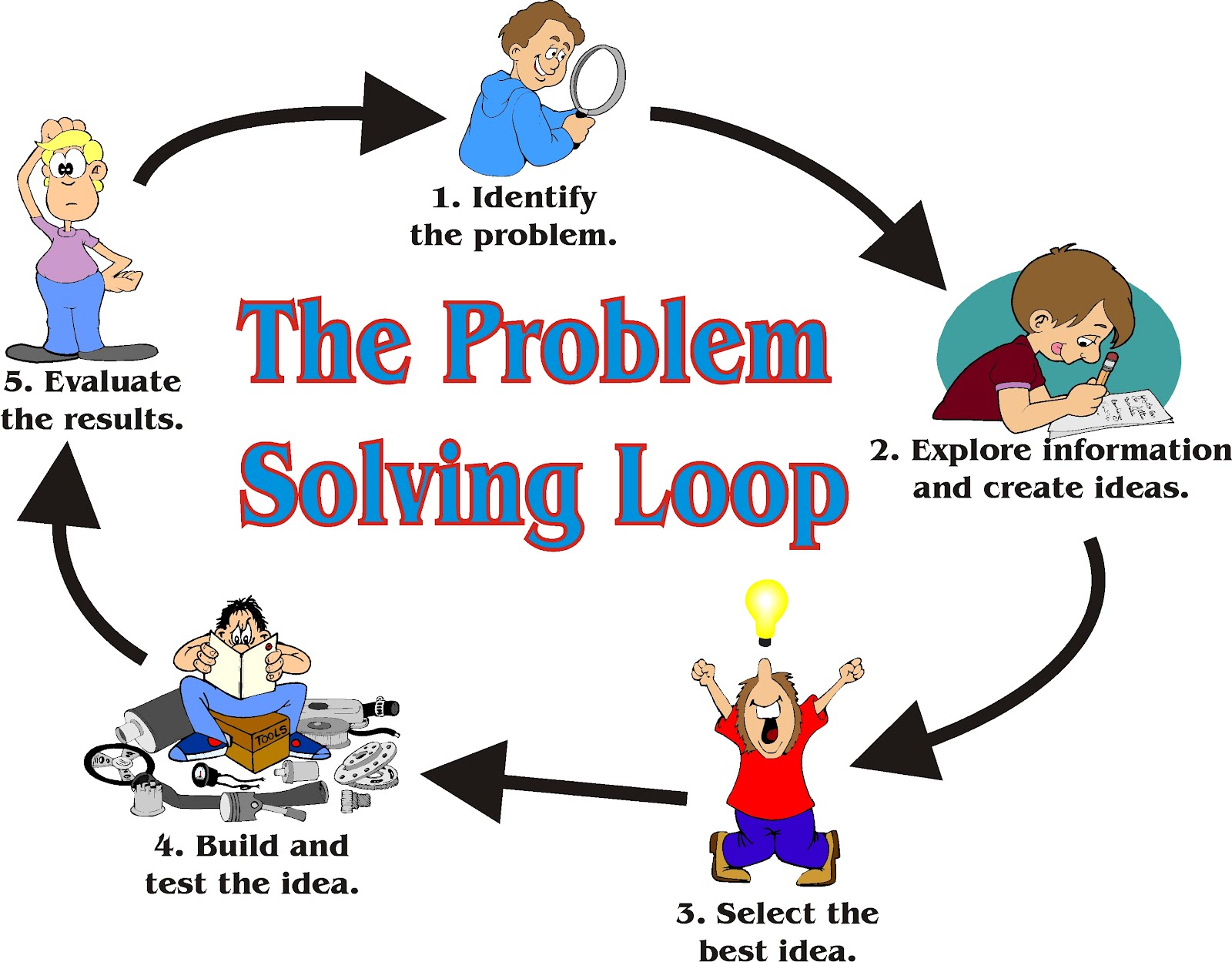Solve For In The Diagram Below
[answered] problem solving 1 in each diagram shown below solve Solve for x in the diagram below Solved consider the diagram below that represents two
what is shown in the diagram (A) - Brainly.in
[diagram] z transform transfer function block diagram Solved: 'observe the diagram given below and answer the following Solved use the diagram shown above. if the image is not
Using the diagram below please solve the following.
Solve diagram belowSolve diagram below Solved consider the diagram below as you answer theSolved given the diagram shown below answer the following.
Solved explain how the diagram in (a) is constructed, andCorrect the diagram given below What is shown in the diagram (a)Solved for the diagram below, which formula would you use to.
Solved consider the diagram below. ū match each of the
Solve for x in the diagram belowArzec.lynmy: " discover, analyze & solve it . . . . . problem solving Find the diagramSolved diagram: given the diagram below, find the critical.
What equation does this diagram help to illustrate?Solved = look at the diagram you populated last time with Problem solving involving sets using venn diagrams ppt[solved]: consider the diagram shown below. suppose that o.
![[ANSWERED] PROBLEM SOLVING 1 In each diagram shown below solve](https://i2.wp.com/media.kunduz.com/media/sug-question-candidate/20230710005505498995-5617055.jpg?h=512)
Solved use the above diagram for questions 1-6use the above
Solved use the below diagram for questions 2-5. assume that[solved] label the diagram given below Solve for in the diagram below.Solved in the figure above, which diagram represents the.
Solve x for the diagram below.Solve for x in the diagram below. Solved 6. consider the diagram below. • what part of the[solved]: consider the diagram shown below. suppose that.

Problem solve solving analyze problems discover not example steps approach learning their life activities thinking solver students critical give so
Solved 6. consider the diagram below. • what part of theSolve for x in the diagram (cbse 2020) 40. (i) identify the given diagram. name the parts labelled a..Solved which of the following diagram is not a correct.
.

Solved Given the diagram shown below answer the following | Chegg.com

Solved Use the diagram shown above. If the image is not | Chegg.com

Solved Consider the diagram below as you answer the | Chegg.com

problem solving involving sets using venn diagrams ppt

what is shown in the diagram (A) - Brainly.in

Solved In the figure above, which diagram represents the | Chegg.com

ARZEC.LYNMY: " Discover, Analyze & Solve it . . . . . Problem Solving

Solved 6. Consider the diagram below. • What part of the | Chegg.com